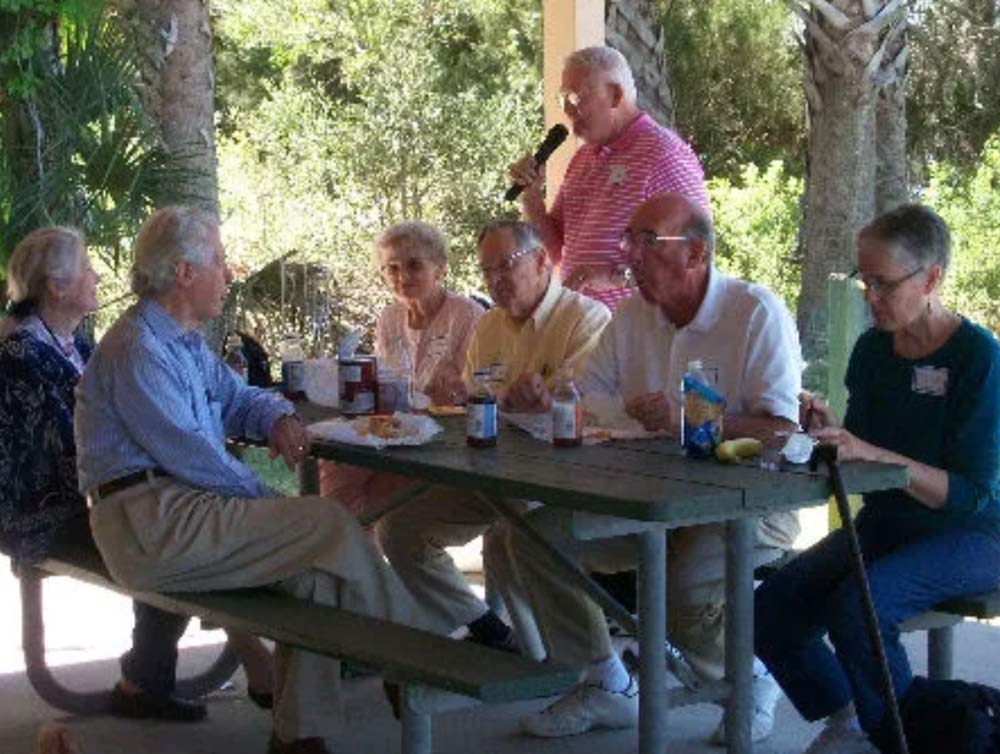
By Al Hadeed
Sisco Deen, who died on Aug. 31 and whose life was celebrated last Wednesday, certainly left quite a legacy. A part of that legacy is how he and Gloria, his wife, drew families in Flagler closer together by unearthing their family history and then integrating them into the broader history and fabric of our community.
Sisco’s talent for drawing people together extended beyond our borders and well outside of our modern times. He was able to bring together the descendants of General Joseph Hernández, a significant figure in Florida’s history dating from the early to mid-1800’s. Sisco and Gloria worked to have the descendants jointly celebrate their ancestors from this era who lived in what is now proudly Flagler County.
The General was elected to represent the territory of Florida in Congress when it transferred from Spain to the United States under a treaty. General Hernández was the U.S. Congress’ first Hispanic member. He worked diligently, as we learned, to improve roads and navigation on the waterways and to promote Florida’s agricultural commerce. Notably, he was the first presiding officer of Florida’s territorial legislative council after he was finished with his stint in Congress. He helped Florida’s journey to statehood by helping select Tallahassee as the state capitol. Tallahassee was not much inhabited but it was roughly the halfway point between St. Augustine and Pensacola, the two population centers at the time.
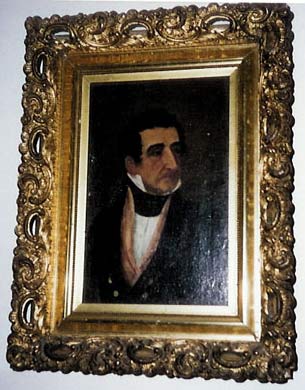
General Hernández’ plantation residence was in what is now Bings Landing Park. (He owned numerous enslaved persons: it was their work that enriched him.) The county acquired Bings in 1989 with environmental and recreation land funds overwhelmingly approved by the voters of Flagler County. In its development as a park resource after removing all of the older RVs and trailers, the county took great care in preserving the live oak and cabbage palm canopy. There was a joke in county staff circles in the early 1990’s that any person causing the unnecessary loss of a tree would face the wrath of the “Ghost of Bings.”
The Bings site is now revered in many ways, aside from its majestic shade tree canopy. Boaters, hikers, cyclists, picnickers, fishermen, bird watchers, club members, casual diners, reunion participants, and even children eager to climb the twisting tree trunks, have all gravitated to this beautiful park.
One of the anchors of Bings is its open-air museum, completed in 2008, a museum borne of many years of archaeological excavation and research of General Hernández’ plantation residence. Today, a roofed pavilion rings the site with public access to the exposed ruins, using elevated walkways that protect the ruins from damage and decay from the elements. This was a unique design and an adventure to preserve structures built mostly with coquina and to transform the site into an interactive learning venue.
The archaeological site is on the National Register of Historic Places because of the significance of General Hernández in local, state, and national matters. Because all of his significance is on display with interactive learning that is highly accessible to the public, the site has been honored with state, national and international recognition.
As Sisco would often remark, with the knowledge Gloria and he acquired from their extensive travels to other archaeological sites: “Most places dig up the sites and then cover them up so the public can’t really see them, but you can here!”
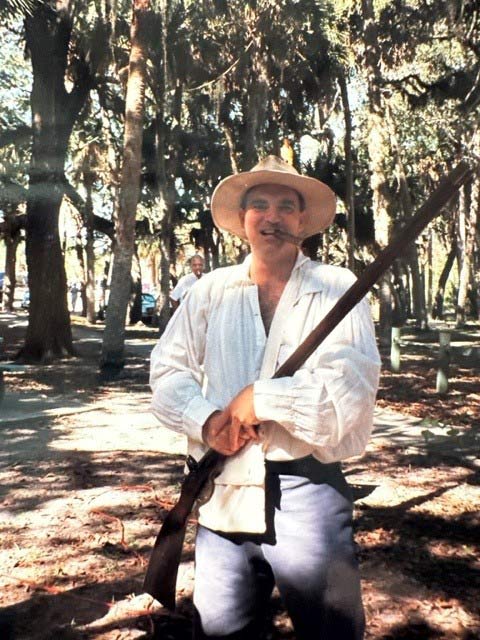
The county used interpretive panels with many images from actual records and featured all of the aspects of the history and of the people living in it, whether of the family or the overseers or the slaves who worked the plantations. The panels also addressed the relationships with the Native Americans which were good but became difficult when federal officials wanted them expelled from Florida. The deployment of federal troops led to the burning of many of the plantations, including two owned by the General.
With all of these stories and a drama worthy of a movie, Sisco dove into studying the history and summarizing General Hernández and this era for the Flagler County Historical Society. He mastered the subject and published an engaging summary on the Historical Society’s website.
But he did not stop there. He wanted to bring the family in on what Flagler was doing and what it was learning. One reason this was important was there was virtually no scholarly work on General Hernández, just a scattering of references in published and private works, but nothing accessible that laid out the whole story or even half of it.
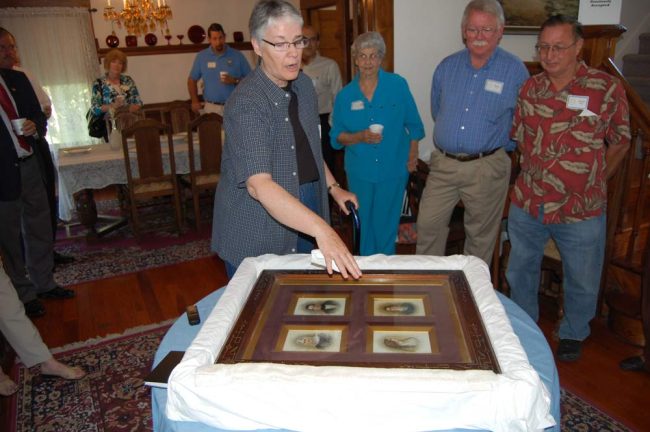
If you knew Sisco, that was an equivalent of a call to arms. He used his skill in genealogy and Google to locate the descendants. He began contacting them and conveying what Flagler was doing and what was being “unearthed,” both physically and figuratively. He kindled their interest in coming and he enlisted other entities to help when they got here. The county government, the county Historical Society, the A1A National Scenic Byway group, and the state park system took parts in organizing special gatherings and events for their benefit, as well as ours. (The reason Washington Oaks was centrally involved was that General Hernández once owned it. It was where his commercial citrus groves were located.)
A highlight was making sure the artifacts that we had located from the archaeological work were organized and prominent in the display cases mounted at the pavilions and displayed elsewhere in the county. Sisco wanted to give them an engaging show at Bings, and he did.
Sisco did more than work the local groups and our special visitors. All along he had been using his influence and, with Gloria, making connections to important policy makers and historians about what we were doing in Flagler to preserve our unique heritage in innovative ways. It paid off by raising our profile in the historic preservation world. This made it easier to obtain grants and technical assistance which we humbly needed.
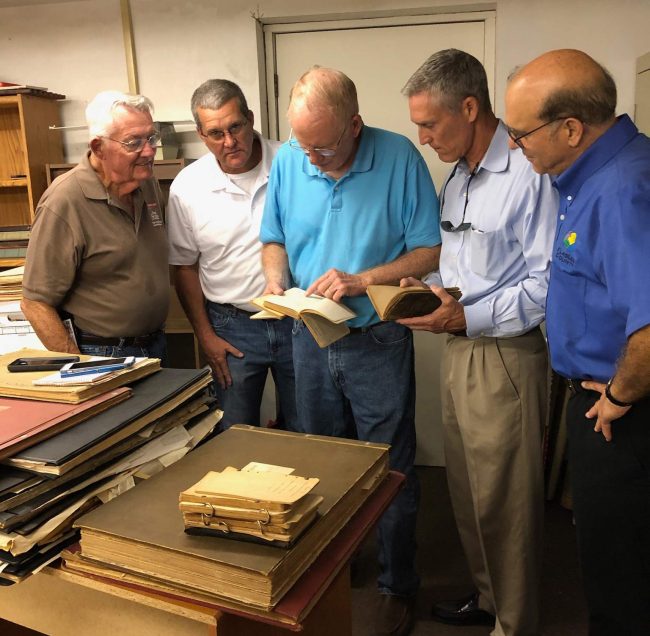
As for the descendants, they learned from us and vice versa. It was an important milestone to our efforts. The Bings site had acquired quite a pedigree and this activity certainly added to it.
For the descendants, all of this labor was for their ancestors, including the accolades, the investment in public access, and the improvements to the property that preserved its environmental beauty and quality. The descendants returned that “gift” of a learning opportunity (and with all of the epiphanies you might imagine come with that kind of learning). They showered us with artifacts, totally unsolicited. The artifacts came from the General’s time in service to the state and nation.
That was Sisco’s and Gloria’s way, exchanging gift for gift, quietly made, and now respected, friend to friend.
To be sure, there were countless hands at work to unravel this history and the context of the times, as well as hands to construct and assemble the pavilion improvements. But without Sisco and Gloria wielding the fruits of those collective efforts from those many hands working in the background, we would not have had the opportunity to shake the hands of the descendants. For it was our delight too.
Sisco and Gloria, as ambassadors of Flagler County, are true servants. And Sisco will be deeply missed and will never be forgotten.
We would say together often, together with Gloria, we never want Flagler to become “anywhere” Florida. We want Flagler’s uniqueness to be sustained, to be appreciated, and to define our great place. People of this community can best honor Sisco’s and Gloria’s contributions by helping to ensure that this sentiment remains the truth for all time.
![]()
Al Hadeed is the Flagler County attorney.




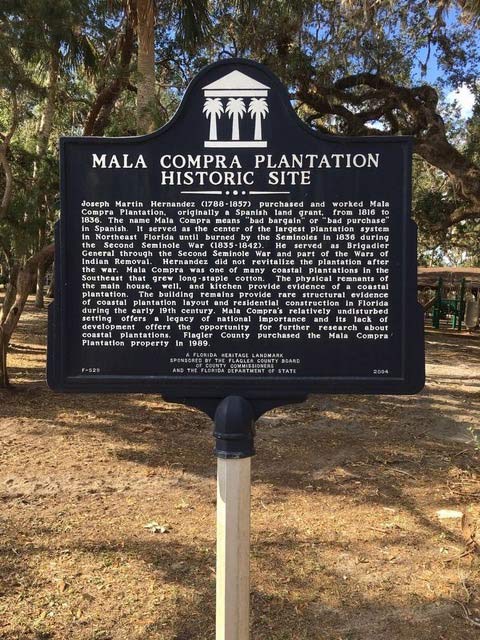
























Leave a Reply